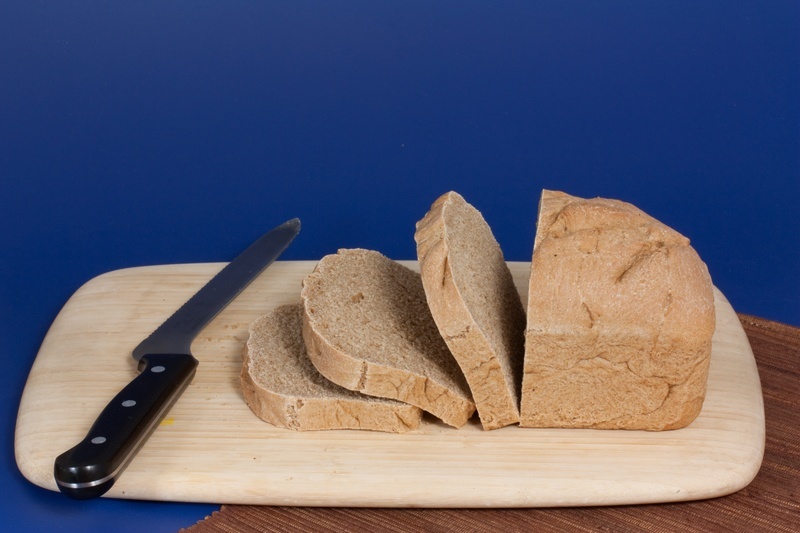What's The Best Way to Store Bread?
0
Comments (3)

So now that you're making your own bread, or at least enjoying your favorite tasty bread to the fullest, how do you store it so it's as good as possible for as long as possible? I've seen it all in bread storage schemes. Bread stored in paper bags, in the freezer, in the refrigerator; I remember a friend who's Mom stored even it in the microwave oven, using it as a makeshift bread box. The question of how to best store bread is difficult to answer. This is because it depends on what your goal is: Are you planning on keeping high quality bread as fresh as possible for a few days so it can be used for the next chowdown with minimal staling? Are you just trying to squeeze maximum longevity of your sandwich bread to it can be used up before it starts to mold?
The two bread storing objectives above prove that we need to look at what we want out of our bread in order to decide how best to store it. In order to help us make more sense of this we need to take a look at what causes bread to go stale in the first place.
Find Bread recipes on Veganbaking.net
What Causes Bread To Go Stale?
During the baking process the starch granules in the flour become gelatinous at 140F (60C). After the bread has been removed from the oven the staling begins. Staling consists of the starch granules recrystalizing as the water in them migrates to drier areas such as the crust. This is why if you wrap bread air tight in plastic wrap the crust will get tough and leathery as it absorbs the water. If you leave the bread out for too long, the bread will uniformly dry out as the water escapes into the air and the crust will get drier as it loses yet even more moisture.Temperatures play a significant role in the speed at which bread stales. Breads stale the least at temperatures just below freezing and the most at temperatures just above freezing.
Proper Bread Storage
Armed with this knowledge on bread staling it's safe to say that bread should be stored according to how it will be consumed:- If you're interested in enjoying bread at it's highest quality within a couple days, store it in a paper bag or tightly wrapped at room temperature in a cool dark place. This is common for rustic hearth breads that are meant to be consumed within the day of purchase or soon thereafter.
- If you're goal is to prolong the shelf life of your bread over longer peroids and prevent spoiling you should pre slice it, wrap it air tight in plastic and store it in the freezer. Ziploc freezer bags also work well for this; just make sure to squeeze all the air out. Pre slicing makes it easier to eat the bread by the slice without having to thaw out the whole loaf. If the whole loaf is to be consumed remove it from the freezer at least 2 hours before you need to use it. Try to avoid thawing out the bread by exposing it to heat because this will dry out the bread prematurely. Although when you're in a rush this is often the only option. Freezing bread for optimum shelf life is most common with enriched sandwich breads.
Reviving Stale Bread
What if the bread is already stale? Don't give up hope. Bread can be brought back to life by reheating it. This does two things: It causes the crystalized starches to partially gelatinize again, making the bread more supple and it allows molecules responsible for flavor to become more volatile and thus more available to the palate.These simple techniques should help you extend the life of your bread so it can be enjoyed to it's fullest extent in your kitchen.

